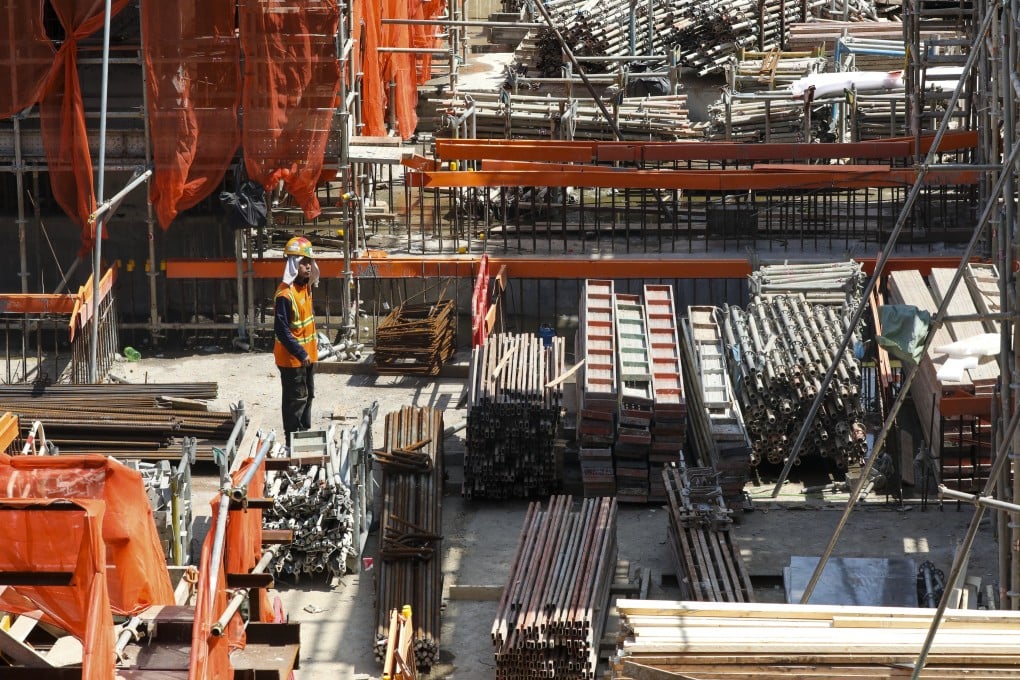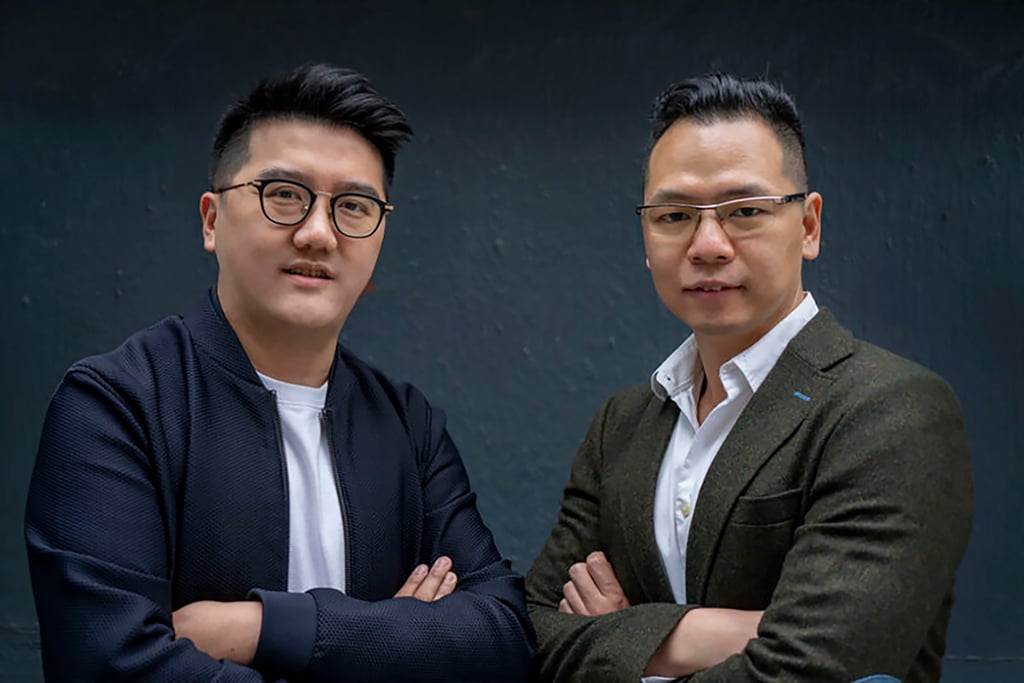AI can reduce deaths on construction sites, says start-up viAct, by tracking workers and resources
- The company’s system monitors the movements of workers and equipment to spot safety issues and track productivity
- Construction has the highest accident rate of any industry, a problem viAct’s founders say AI can address

Two Hong Kong engineers, both with experience in the construction industry, created viAct in 2016 after seeing potential to improve how construction sites are managed, according to co-founder and CEO Gary Ng. That is when they started reaching out to construction companies and pitching their AI analytics projects.
The construction industry is “very behind in terms of technologies”, Ng told the South China Morning Post. “They don’t have data. They’re not using it, and they’re not seeing it.”

By connecting on-site cameras to the company’s AI-based platform, viAct is able to “track human bodies, large machinery and materials”, according to co-founder and chief operating officer Hugo Cheuk.
In situations such as workers failing to wear protective gear like helmets, goggles or masks, or when a person enters a restricted or dangerous area, the viAct system triggers an on-site alarm and sends a mobile app alert to workers and managers.
“It’s an additional eye to monitor the whole construction site,” Cheuk said.
While construction-related injuries have been declining in Hong Kong for most of the last decade, the industry has the highest accident rate and more fatalities than any other profession. The city had 2,532 industrial accidents in 2020, down from 2,947 the year before, according to statistics published by the city’s Labour Department. Work-related deaths were down to 40 from 51 in 2019.